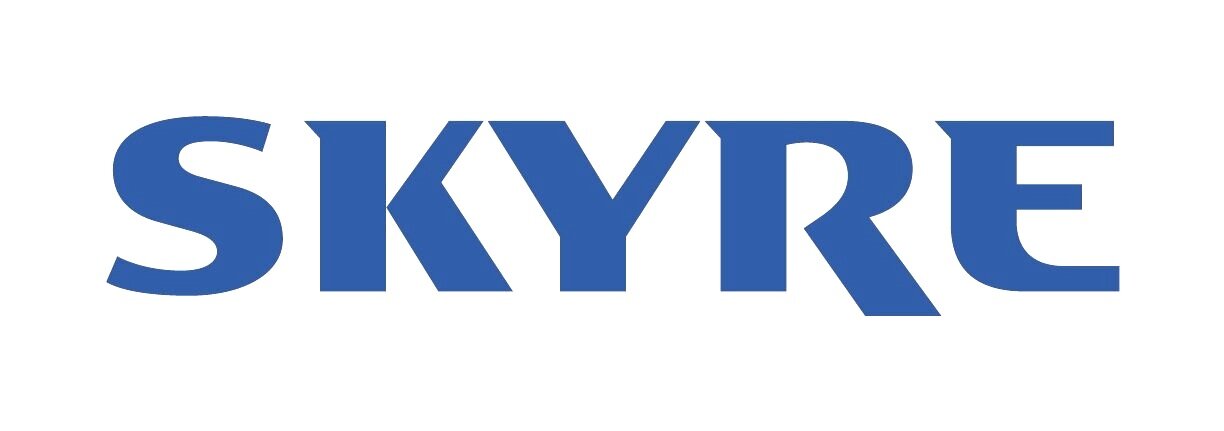We’re delivering bifunctional regenerative electrochemical air transformation for human environments (BREATHE)
Closing the oxygen recovery loop of a Space Station Environmental Control and Life Support System (ECLSS) through the capture and recycle of hydrogen from the effluent of a Plasma Pyrolysis Assembly (PPA) of the Sabatier CO₂ reduction system.
In the closed-loop Space Station Environmental Control and Life Support System (ECLSS), metabolically-generated carbon dioxide is collected and concentrated. The CO₂ is reduced with hydrogen, produced by a hydrogen/oxygen generator or electrolyzer, in a Sabatier reaction, forming methane and water. This results in the recovery of < 50% of the oxygen from the water formed in the Sabatier, requiring resupply missions compensate for the remaining oxygen. As NASA looks forward to more extended manned-exploration missions, the feasibility of resupply diminishes, necessitating closing the ECLSS life support loop for greater oxygen recovery. SKYRE has teamed with the University of Connecticut (UCONN) to develop an electrochemical hydrogen separator to recover hydrogen from the Plasma Pyrolysis Assembly (PPA) effluent and return it to the Sabatier reaction to form more water, and thus more oxygen, driving further closure of the air revitalization system. The ultimate goal is recovery of all of the oxygen needed for crew consumption.
SKYRE and UCONN have identified the following performance targets for the program:
• Design, synthesis, scale-up, and testing of platinum group metals-free (PGM-free) selective hydrogen-oxygen-reduction (HOR) electrocatalysts for hydrogen separation from PPA effluent
• Catalyst tolerance to 2.0 Mol.% CO and 7.7 Mol.% acetylene in the incoming hydrogen stream
• Recovery of 85% of H₂
• H₂ recovery system current density of 0.10-0.25 mA/cm2 within 0.3 V
